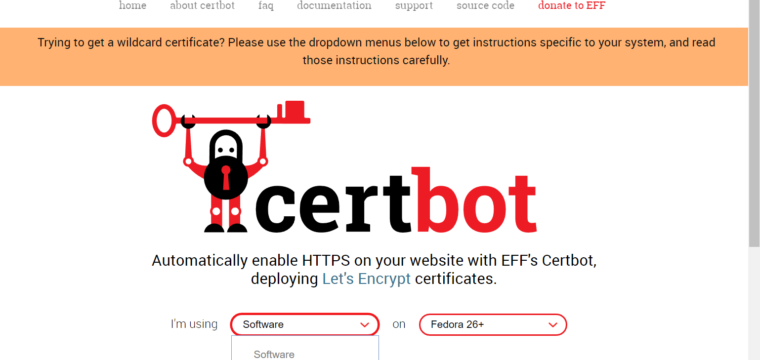Some WordPress installations stubbornly refuse requests for a password reset link, showing the user this error message instead:
The email could not be sent. Possible reason: your host may have disabled the mail() function.
WordPress’ error massage is anything but insightful. The underlying cause usually involves SELinux. Let us introduce you to an easy fix that does not involve plug-ins or external email services. Buckle up.




